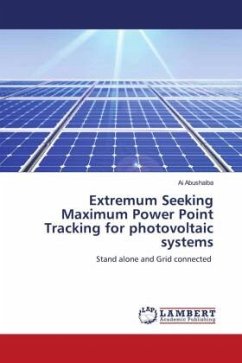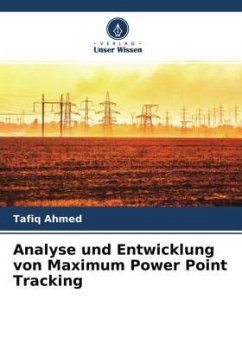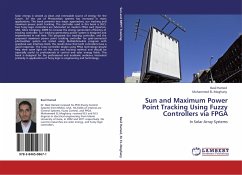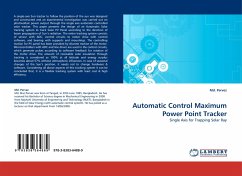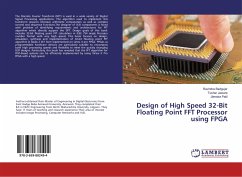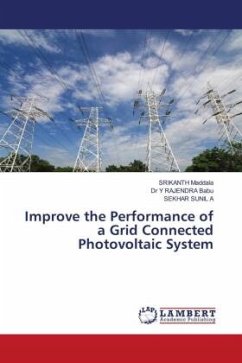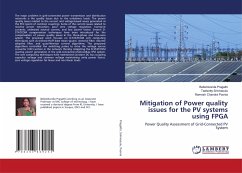
Analysis and development of maximum power point tracking
Versandkostenfrei!
Versandfertig in 6-10 Tagen
27,99 €
inkl. MwSt.

PAYBACK Punkte
14 °P sammeln!
The use of photovoltaic (PV) systems is increasingly growing in importance since they involve an exploitation of solar radiation constituting an energy source which is renewable, available in most places, and pollution-free. Despite their numerous advantages, PV systems have two major drawbacks: low energy conversion efficiency and loss of energy due to variations in meteorological conditions; for this reason, Maximum Power Point Tracking (MPPT) control techniques play a key role in exploiting the maximum energy caught by PV modules. The output characteristic of a photovoltaic array is non lin...
The use of photovoltaic (PV) systems is increasingly growing in importance since they involve an exploitation of solar radiation constituting an energy source which is renewable, available in most places, and pollution-free. Despite their numerous advantages, PV systems have two major drawbacks: low energy conversion efficiency and loss of energy due to variations in meteorological conditions; for this reason, Maximum Power Point Tracking (MPPT) control techniques play a key role in exploiting the maximum energy caught by PV modules. The output characteristic of a photovoltaic array is non linear and changes with solar irradiation and the cell's temperature. Therefore, a Maximum Power Point Tracking (MPPT) technique is needed to draw peak power from the solar array to maximize the produced energy. In order to analyze the maximum power point(MPP) tracking method and knowing their drawbacks finding out a new and easier way to track maximum power point(MPP). This paper presents a novel MPP tracking method for tracking exact maximum power point(MPP) if it irradiation varies or load varies or temperature varies.



